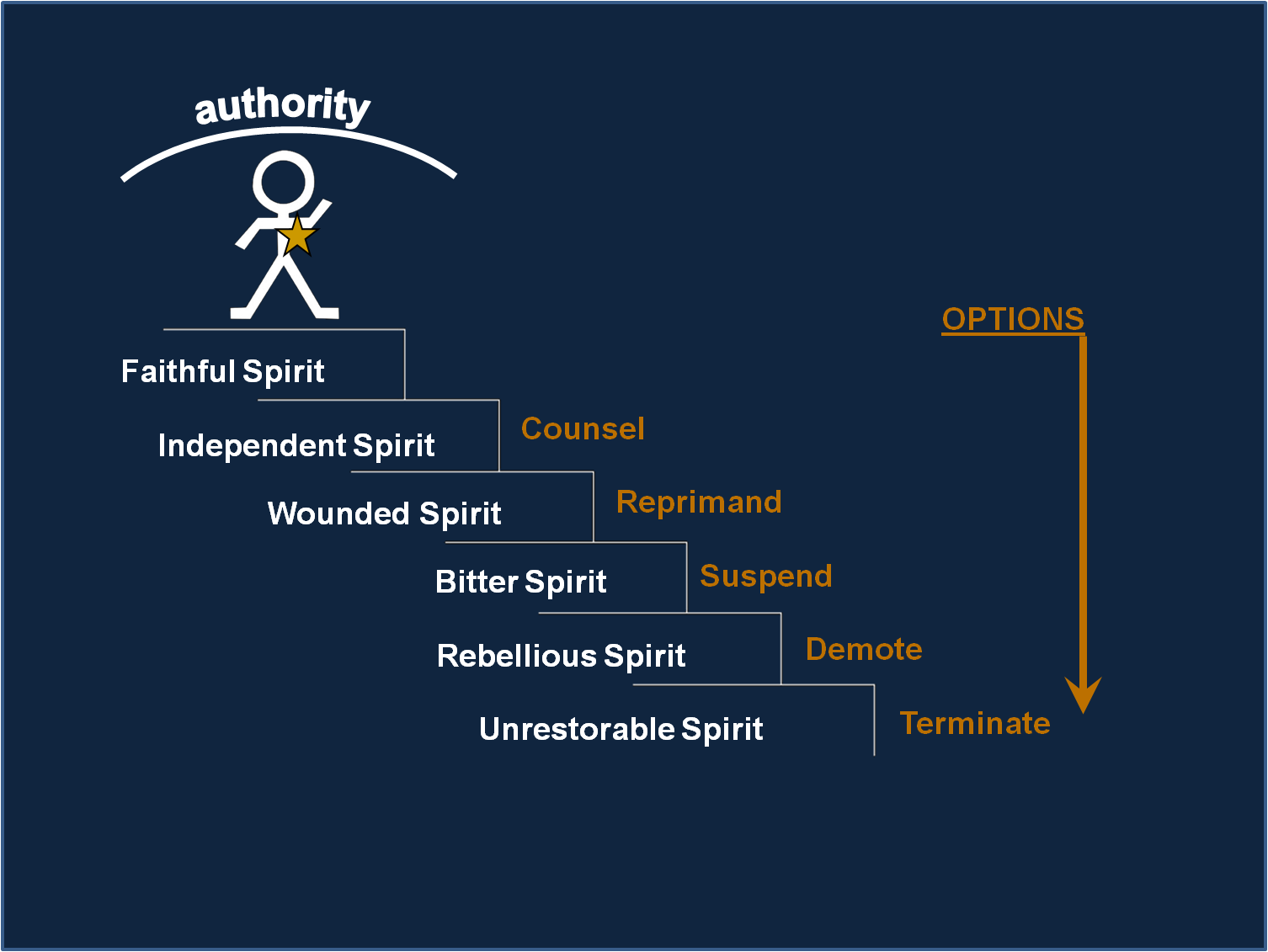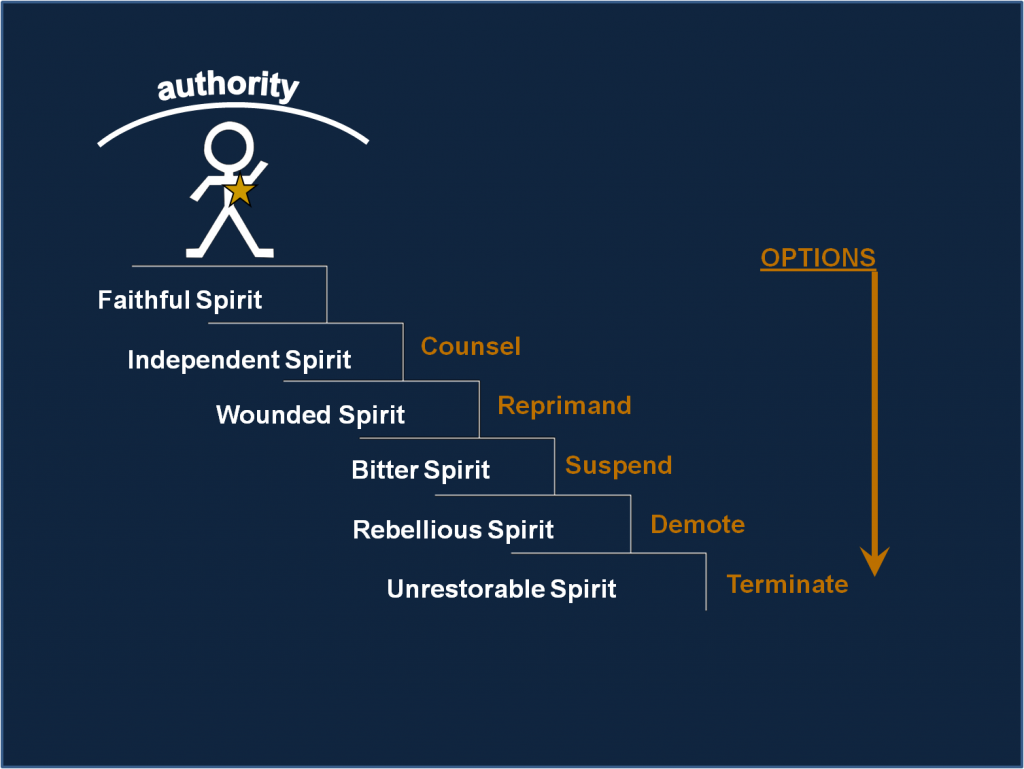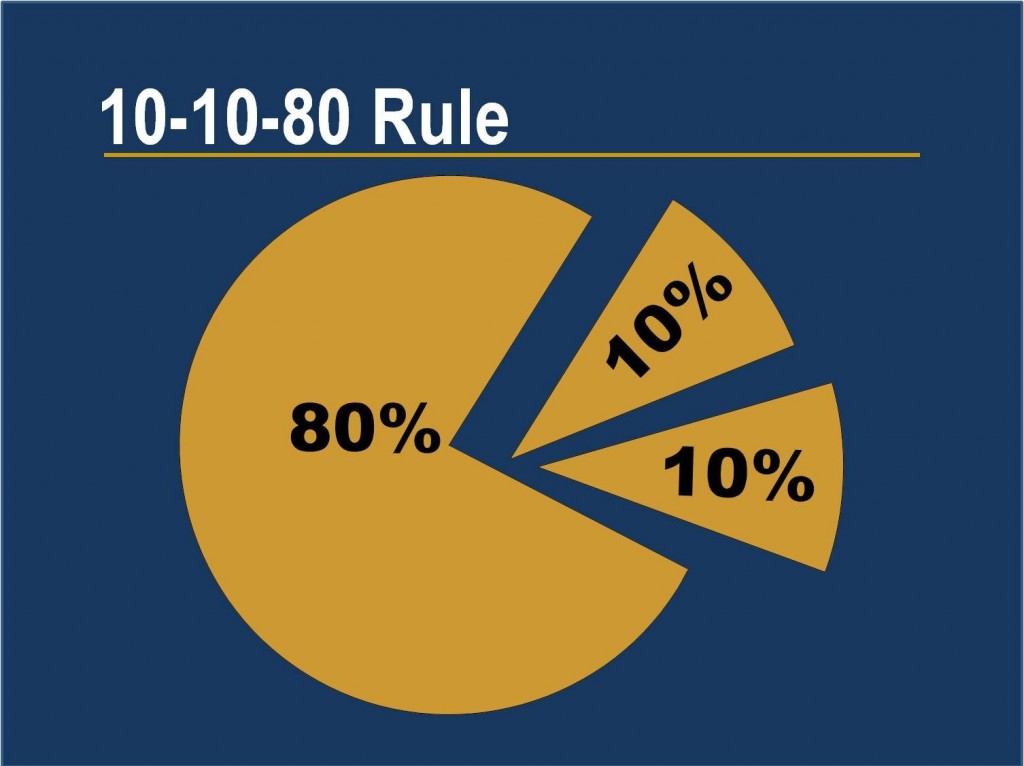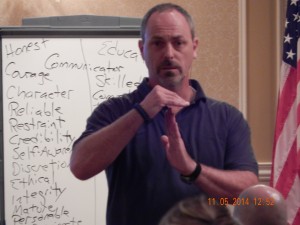Category Archives: Dynamic Leadership
I first met Dr. Kimberly Alyn, a best-selling author and international professional speaker, at a SC Sheriff’s Association Conference where she was our guest speaker. I was totally impressed with her ethical vision for leadership and its consistency with the character-based message of Police Dynamics. Since that day, we have remained strong colleagues and email “pen pals.”
I came across this video of her speaking at a leadership conference and asked for her permission to post it here. I thought it would make a great finale to our series on Dynamic Leadership.
She emphasizes the importance of building strong relationships to influence others — a key component of our Coactivity Maxim and the Team Building Roles of a SuperVisor. You will particularly like the example of a Renegade Cop who “overdosed” on some confiscated marijuana. See the video through to the end because the best part is her rendition of “Up Time“…
Thanks, Kim. And keep up the good character…!
An effective leader is one that can inspire others. But the word “inspire” has a dual meaning…
Check out the International Academy of Public Safety website, and their affiliate site www.icommandacademy.com, which features “yours truly” on the Instructors page. The Police Dynamics Institute is partnering with IAPS to produce a series of leadership videos, so stay tuned for more information…
When I inspire, I inhale. When I expire, I exhale. When I exhale for the last time, I have expired…! But think about the process of inspiration. When I expand my rib cage and my diaphragm, I create a low pressure system, a vacuum, within my chest cavity and air rushes in. (more…)
I found this remote beach called Butterfly Beach in Goa, India to film the next installment in the Dynamic Leadership Series. The Dynamic Leadership Equation looks at the integration of qualities necessary to be an effective leader.
Dynamic Leadership Equation
OR x TBR = DL
This equation makes no sense until you recognize that it stands for Organizational Roles multiplied by Team Building Roles equals Dynamic Leadership.
When I first put together the Dynamic Leadership training curriculum, I originally used an addition sign instead of a multiplication symbol in this equation. I was trying to make the point that (more…)
Early in my first term as Sheriff, my command staff and I were confronted with a management situation that put the Dynamic of Discipline to the test.
There were two employees who were engaged in an improper action that clearly demanded some type of discipline. They were both essentially guilty of the same offense, but we noted that the character of the two individuals was clearly different. By applying the Rule of Discipline, we were able to come up with two entirely distinct disciplinary actions which ultimately resulted in the full restoration of both employees.
Rule of Discipline
Let the nature of the offense determine the range of options
Let the character of the offender determine which option you choose
First, we determined what range of disciplinary options were available to us based on the nature of the offense. In this case, we had the full range of options available from counselling to termination. Secondly, we looked at the character of the individuals. I actually passed out a printed copy of the Path of Destruction dynagram from the Dynamic of Restoration which depicts the steps in the downward progression of a Renegade. I asked the staff to tell me where each employee fit on the dynagram.
With very little debate, they were in agreement that the first employee was typically very faithful, (more…)
The Dynamic Leadership Rule of Discipline fits very well within a progressive discipline model. Discerning where the offender is on the downward Path of Destruction described in the Dynamic of Restoration is the key factor in determining their character. There are five steps in the Path of Destruction: Independent Spirit, Wounded Spirit, Bitter Spirit, Rebellious Spirit, and Unrestorable Spirit. Interestingly, these five steps fit very nicely into a progressive discipline model that includes Counselling, Reprimand, Suspension, Demotion, and Termination.
There are specific steps in the downward Path of Destruction that a person will typically experience once he steps out from under authority. To gain a full understanding of the Rule of Discipline and the reasons behind ethical failures, it is essential to understand this process.
We start with the Faithful Spirit – protected from harmful and evil influences and acting in harmony with the principles of his authority. He takes the first steps out from under this protection by displaying an Independent Spirit. (more…)
The Dynamic of Discipline series introduces a two-part character-based Rule of Discipline that serves as a guide for administering a progressive disciplinary model within an organization.
RULE OF DISCIPLINE
Part 1: Let the nature of the offense determine the range of disciplinary options that are available
Part 2: Let the character of the offender determine which option you choose
In any given situation where there is an infraction that requires disciplinary action, there is typically a range of options available to the SuperVisor. Many factors determine the range of options: (more…)
In the first video from the Dynamic of Discipline, we look at the definition of discipline…
We usually think about discipline in it’s negative context as punishment for improper behavior. But that’s only one aspect of discipline. If you look at an older dictionary, one published earlier than 1950 or so, you find a different definition. I found this definition of discipline in a 1948 Webster’s Collegiate Dictionary that belongs to my mom:
Discipline is TRAINING that molds, corrects, strengthens, and perfects moral CHARACTER.
In it’s purest sense, discipline is character training! In fact, the word disciple comes from that same root.
So when you think about discipline within a character-based context, think about it as an effort to restore the individual into a proper relationship with his or her authorities. (more…)
About 10% of any group or organization of people will never change no matter what you do or what you tell them. Their minds are made up. Don’t confuse them with the facts! These 10%ers can be VERY challenging to leaders and supervisors as they tend to resist any efforts to initiate change within the organization.
There is another 10% that will change very readily if you just present them with the facts. If you can show them why Plan A is better than the status quo, they tend to accept that change very easily and even enthusiastically. We sometimes wish there were more than 10% of these folks around!
But there is a majority, the 80%ers, who will change, but only within the context of a trust-based relationship. This underscores the Coactivity Maxim that the power for effective change rests within our relationships. This is why your Team-Building Roles, those based on the power of relationships, are so important for bringing about organizational change. By building the internal relationships first, you create an environment that is conducive to positive change and you will encounter less resistance in the future.
Think about in the context of cigarette smokers. (more…)
Team Building Roles are those based upon relationships. It is the Power of Influence.
In keeping with the sports metaphor, there are at least six Team Building Roles that an effective SuperVisor will play:
Team Building Roles of a SuperVisor
Coach
Referee
Scorekeeper
Cheerleader
Team Player
Water Boy
Coach
The coach is the mentor and the director of operations. He has the Super Vision – the ability to see the big picture, to know the strengths and weaknesses of the team, and the strategic vision to direct the plays. He sees things the players themselves may not be able to see and leads the team accordingly. He hopes that the team players will get the big picture, and it’s his duty to try to pass it on to them, but he can’t count on it. They may not yet have the maturity to see things from a larger perspective.
Organizational roles are those based on policy. It is the power of position. So, an effective SuperVisor will play a number of roles based on his or her position within the organizational structure.
Organizational Roles of a SuperVisor
Obstacle Remover
Resource Officer
Problem Solver
Change Agent
Risk Taker
Obstacle Remover
Part of a SuperVisor’s job is to identify the obstacles that are preventing team members from achieving the highest possible levels of performance. Obstacles to high performance include lack of training, faulty equipment, outdated policies, too much red tape, political interference, inadequate resources, weak relationships, or a host of other issues that require your attention. Many of these may not be immediately evident so you must put on your SuperVision goggles, look beyond the obvious, identify the obstacle, and remove it so that you can pave the way for your team.
When I teach the Dynamic Leadership course, I always like to ask my students this question:
“Are you an Obstacle Remover… or are you an Obstacle?”
This is a question that we should constantly ask ourselves as leaders since one of the greatest obstacles to high performance is often poor leadership.




